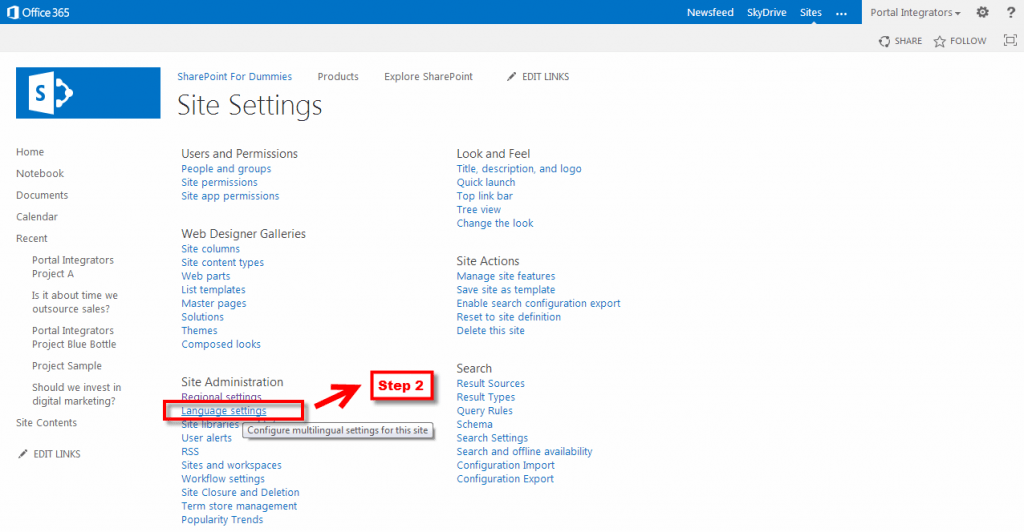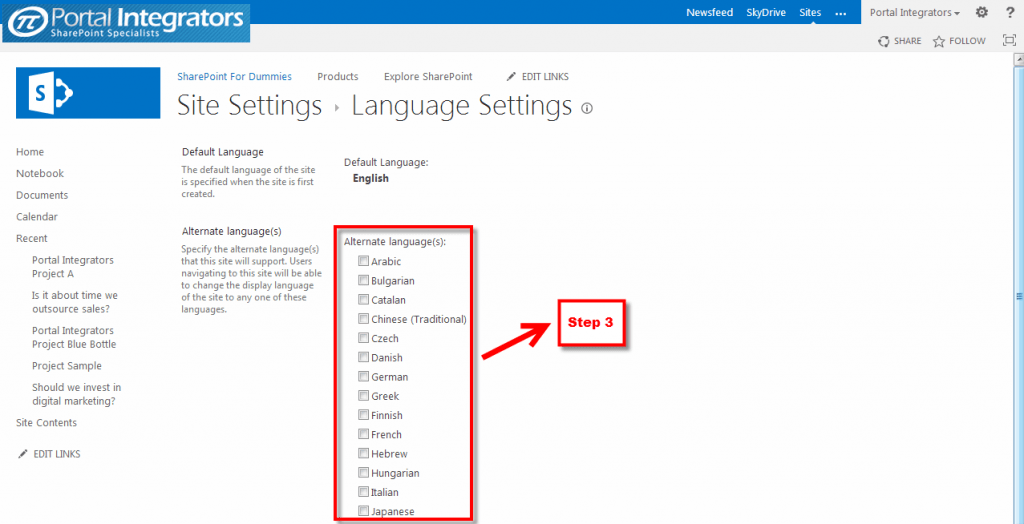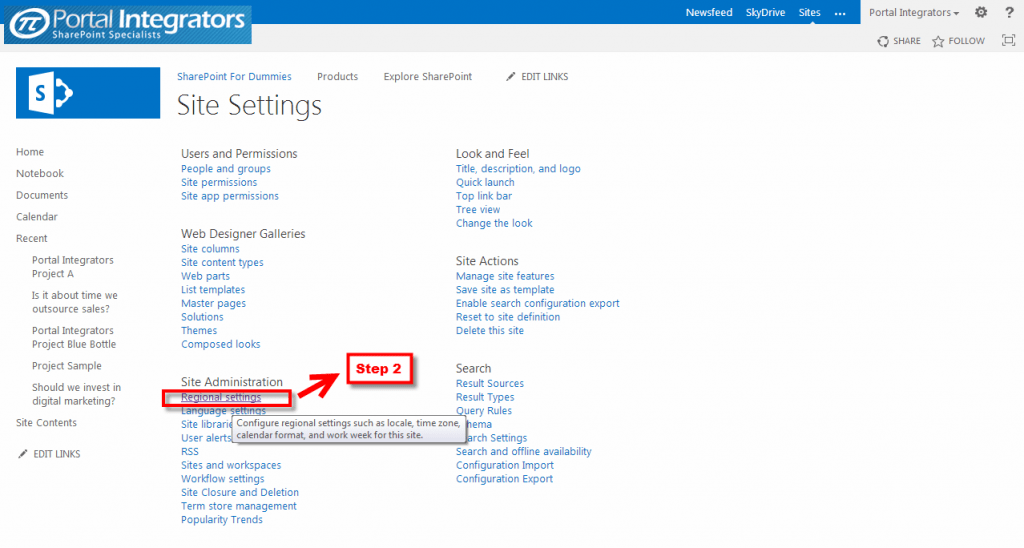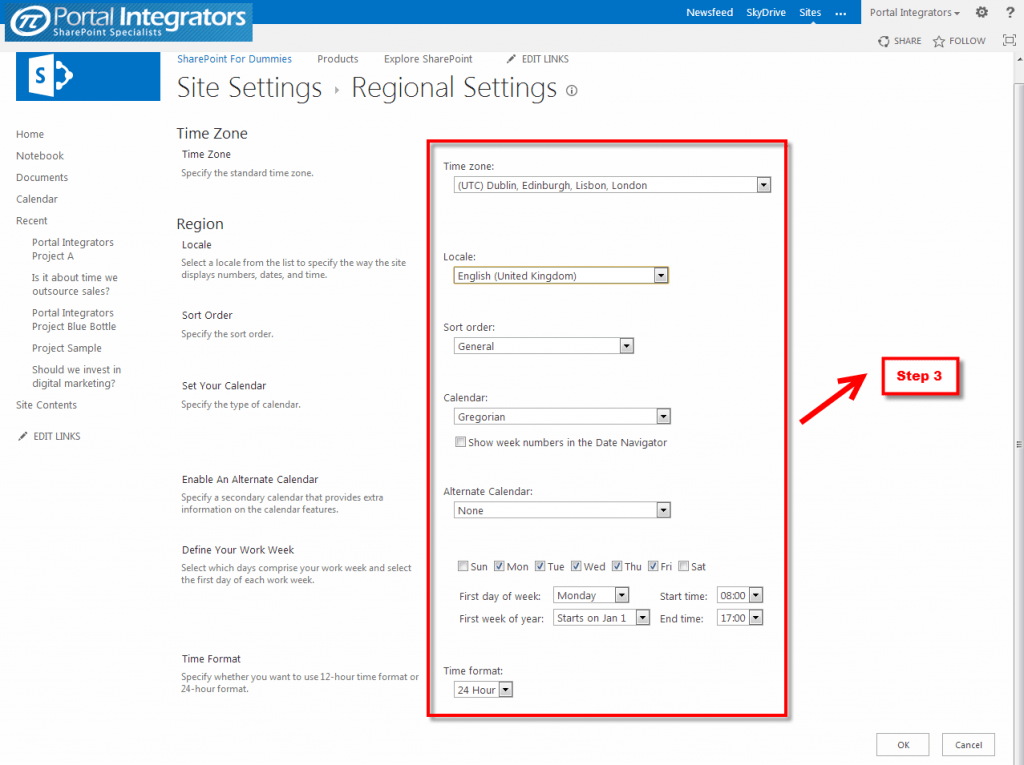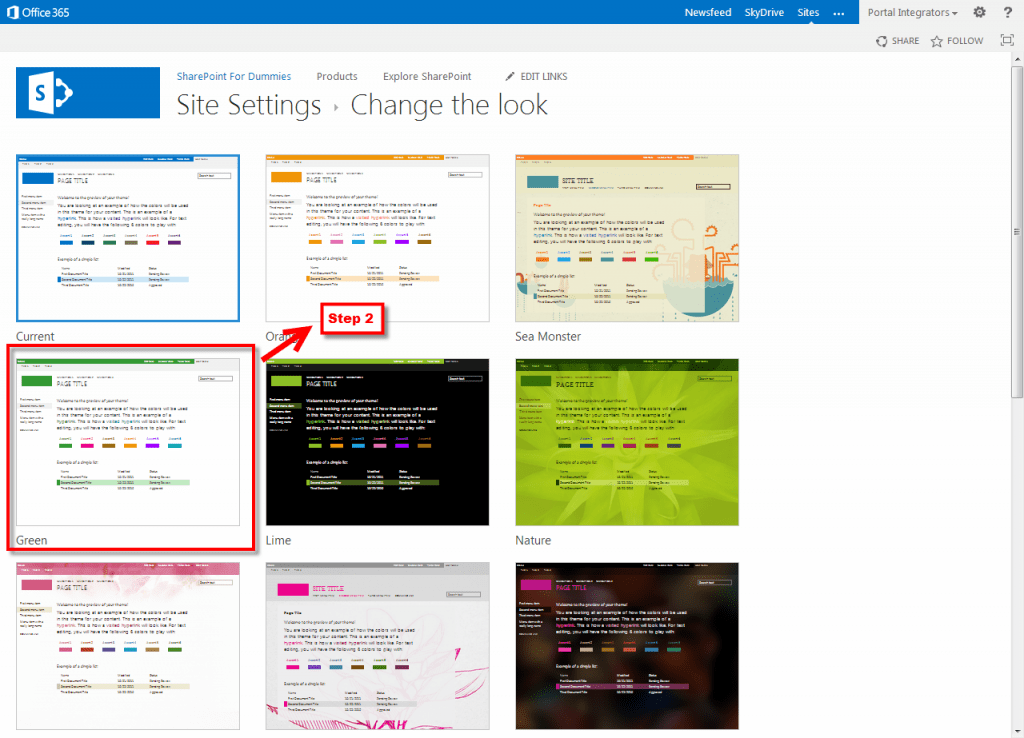One of the biggest mistakes that companies do in executing their internationalization strategy is forgetting about the local staff working for them in their respective satellite offices. Creating an effective communication and collaborative environment to offshore locations definitely poses challenges to companies due to many factors. On this week’s blog, let us focus on the technology component. The lack of a competitive software localization solution eventually leads to low rate of technology adoption and usage which unfortunately leads to losses associated with poor productivity and failure to meet established metrics.
Creating a Localization Strategy
The concept of localization is no longer new. The term “l10n” is coined to represent software localization to adapt a service or product to a country’s language, culture and other conventions that would generally make it have a more personal feel.
To create a localization strategy catering to staff working in satellite offshore offices, it is important to pay close attention to culture. Local users appreciate better a team site that carries a design, content and other time sensitive apps such as calendar, project management and tasks assignments in accordance to their preferences and tastes. Sites lacking these features often result to low usage and a feeling of inappropriateness.
SharePoint Localization
As part of a company’s global strategy for localization, it is important to invest in technology. SharePoint 2013 localization pertains to configuring built-in SharePoint 2013 functionalities that will allow a local team site to appear in a country’s language and time zone; and even a preferred site design.
There are three simple ways in which a team site can be transformed to a more custom and local user’s base.
SharePoint 2013 Localization Tip 1: Change the site language.
This configuration in SharePoint 2013 is beneficial most especially if the strategy also involves language localization. By doing this, the team site can be displayed in a team’s local language – a definite plus for countries which English doesn’t serve as a first or second language. Learn more about SharePoint language localization here.
SharePoint 2013 Localization Tip 2: Change the regional settings.
Changing the team site’s regional settings allows the site to reflect the time zone, calendar and even work hour conventions of the team which it caters to. This could be just a small thing, but if the task list and calendar is a few hours ahead or behind the actual local time, users might be discouraged of using the site at all.
SharePoint 2013 Localization Tip 2: Change the site design.
Each local team site can be personalized to reflect the preferences of the team that it serves. SharePoint 2013 offers numerous template designs which actually enable the site administrator to change the entire look and feel of the site in just a few clicks. This is especially useful if the company wants to create a sense of site ownership and accountability.
There are three simple ways to configure SharePoint 2013 to cater to a company’s internationalization strategy. Change the language, regional settings and design. Doing this cannot only make your team sites in accordance to your offshore offices’ preferences, but also allow them to better use functionalities that are time sensitive.
If you are looking for a custom built SharePoint 2013 localization solution or need to know more how SharePoint 2013 and the cloud can do for your business, our team of experts at Portal Integrators can help. Contact us to know more.
